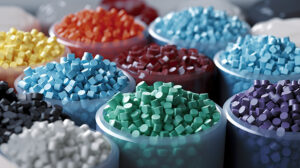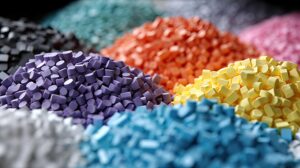No matter where you drive in the city, you can’t help but notice the increase in construction and urbanization. Estimates show that construction will increase by 4.4% between 2020 and 2025. This increase is in response to the rapid rise in urbanization, which means more apartments, condos, restaurants, and other buildings are being built.
Top Benefits of Plastic Additives
A rise in urbanization also indicates an explosion in the plastic additives market. According to globenewswire.com, the global plastic additives market is set to expand at a 5.1% compound annual growth rate (CAGR) through 2028. This CAGR doesn’t just consider building and construction materials, but also cars, city transportation, packaging, and consumer goods in general.
Here’s how plastic additives can help improve the performance of materials:
Antioxidants
Thermomechanical and thermooxidative degradation of plastic is inhibited with antioxidants. Antioxidants add strength, stiffness, and flexibility to a product and extend its life. Each antioxidant interrupts degradation differently depending on its structure. Among the many antioxidative used in plastics are amines, phenolic acids, phosphites, and thioesters.
Flame retardants
The global flame-retardant plastics market size was valued at $45.73 billion in 2019 and is forecasted to be $61.87 billion by 2027 at a CAGR of 3.8%. These plastics are in high demand due to an increase in electronics, wire and cable, pipe & tank, transportation, building and construction, and marine. Flame retardants can help prevent combustion in these materials and fulfill legal requirements.
Plasticizers
From 2016 to 2022, the global plasticizers market is expected to reach $18,538 million, registering a CAGR of 2.9%. Plasticizers increase a material’s flexibility, workability, tear resistance, and durability. In addition to reducing the second-order transition temperature of micro-molecules, they also lower elastic modulus, tensile strength, density, hardness, and melt viscosity of the material, making it soft and pliable.
AntiMicrobial
Antimicrobial additives are used in buildings, small appliances, and commercial settings. The term antimicrobial additive refers to a substance that contains an appropriate antimicrobial agent. These additives effectively prevent the spread of disease vectors by inhibiting the growth of bacteria, algae, and fungi.
With such an increase in urbanization, plastic additives are going to be vital moving forward. Having a company like Phoenix Plastics, which has extensive knowledge of additives, will ensure you work with high-quality and fair-priced products.





